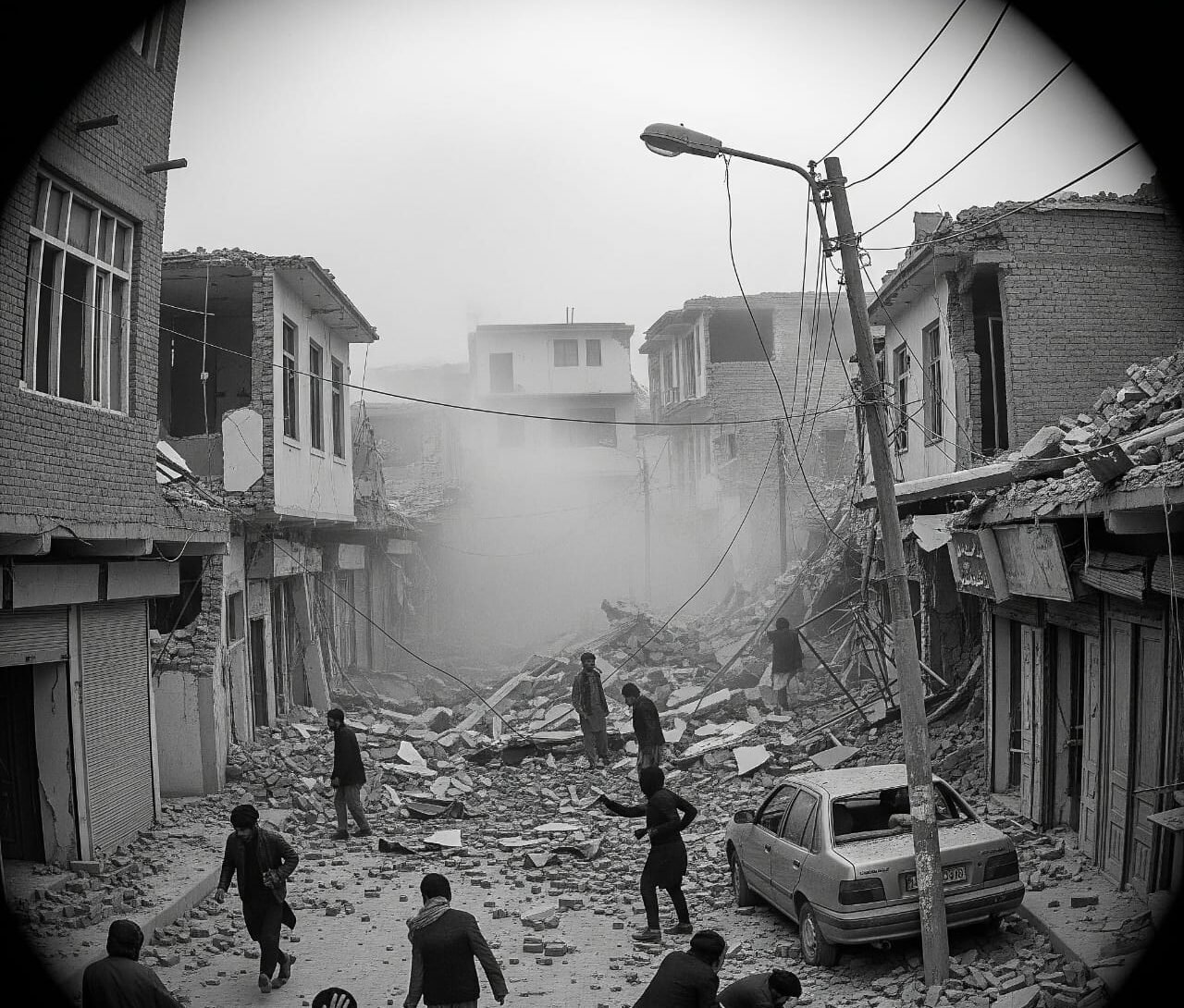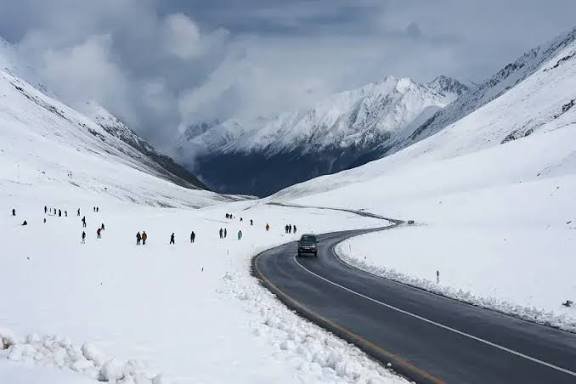A Devastating Blow to Eastern Afghanistan
A heart-wrenching disaster struck eastern Afghanistan late on August 31, 2025, as a powerful 6.0-magnitude earthquake claimed over 600 lives and injured more than 1,500 people. The Afghanistan Earthquake Tragedy, centered just 27 kilometers from Jalalabad in Nangarhar province, has left villages in ruins and families grieving. With rescue teams racing against time in the rugged Kunar province, the nation is grappling with one of its worst natural disasters in years. The Afghanistan Earthquake Tragedy has sparked an outpouring of grief and calls for aid across the globe.
Social media is buzzing with prayers and support, as the Afghanistan Earthquake Tragedy unfolds amid ongoing challenges like poverty and conflict. This catastrophic event, reported on September 1, 2025, is a stark reminder of Afghanistan’s vulnerability to seismic disasters. Here’s the full story on the Afghanistan Earthquake Tragedy, its impact, and what lies ahead for the affected communities.
What Sparked the Afghanistan Earthquake Tragedy?
The Afghanistan Earthquake Tragedy began at 11:47 p.m. local time on August 31, 2025, when a 6.0-magnitude earthquake hit near Jalalabad, according to the US Geological Survey. The quake, striking at a shallow depth of 8 kilometers, caused widespread destruction in Kunar and Nangarhar provinces. Villages like Nur Gul, Soki, Watpur, Manogi, and Chapadare were hit hardest, with mud-brick homes collapsing and landslides blocking roads. A 4.5-magnitude aftershock 20 minutes later added to the chaos, shaking buildings from Kabul to Islamabad.
READ NEXT: Heroic Mom Sacrifice Dies Saving Son in Wazirabad Floods!
Taliban officials reported 610 deaths in Kunar and 12 in Nangarhar, with over 1,500 injuries, though numbers could rise as rescue teams reach remote areas. Helicopters airlifted the injured to hospitals in Jalalabad and Kabul, where medics like Dr. Muladad at Asadabad’s provincial hospital worked tirelessly, admitting patients every five minutes. The Afghanistan Earthquake Tragedy has stretched Afghanistan’s limited resources, with officials like Zabihullah Mujahid vowing to use all available means to save lives.
Why This Matters
The Afghanistan Earthquake Tragedy is a devastating blow to a nation already battered by war, poverty, and natural disasters. Afghanistan’s location near the Hindu Kush, where the Indian and Eurasian tectonic plates meet, makes it prone to deadly quakes. The 2022 Paktika quake killed over 1,000, and a 2023 Herat quake claimed up to 4,000 lives, per Taliban estimates. The Afghanistan Earthquake Tragedy underscores the urgent need for better infrastructure and disaster preparedness in a country where many live in fragile, mud-brick homes.
This disaster hits as Afghanistan faces a humanitarian crisis, worsened by a drop in foreign aid since the Taliban’s 2021 takeover and the return of over 2.3 million Afghans from Pakistan and Iran. The Afghanistan Earthquake Tragedy has drawn global attention, with leaders like Pakistan’s Shehbaz Sharif offering condolences and aid. The emotional toll is immense, with survivors like Said Meer, a returning Afghan, mourning the loss while still planning to settle in Jalalabad, saying, “Every hardship is a test from God.”
Public Reaction and Social Media Response
The Afghanistan Earthquake Tragedy has sparked a wave of grief and solidarity online. On September 1, 2025, X posts flooded with prayers, with one user writing, “Heartbroken over the Afghanistan Earthquake Tragedy 600+ lives lost!” Another shared, “Jalalabad’s pain is ours stay strong, Afghanistan!” Viral images of rescuers carrying victims to ambulances at Jalalabad’s airport tugged at heartstrings, with hashtags like #AfghanistanEarthquakeTragedy trending briefly.
Local voices echoed the sorrow, with a Kabul resident posting, “Aftershocks kept us up all night—praying for Kunar’s people.” Others called for international help, noting, “The Afghanistan Earthquake Tragedy needs global aid now!” The outpouring reflects Afghanistan’s resilience, as communities rally to support survivors despite limited resources. Stories of locals digging through rubble with bare hands have inspired admiration, amplifying the urgency of the Afghanistan Earthquake Tragedy.
Challenges Amid the Crisis
The Afghanistan Earthquake Tragedy faces immense challenges. The rugged terrain of Kunar, with narrow mountain roads blocked by landslides, has slowed rescue efforts. Helicopters are crucial, but Afghanistan’s shortage of aircraft, a lingering issue from past quakes, hampers operations. Hospitals like Jalalabad’s main facility, already overwhelmed with over 1,000 daily patients, are struggling to cope, with medics treating the injured in makeshift setups.
The Afghanistan Earthquake Tragedy is compounded by cultural and logistical hurdles. In conservative Kunar, women may face delays in medical care due to cultural norms, as seen in the 2022 Paktika quake where female casualties rose days later. Communication breakdowns, with damaged mobile towers, make it hard to assess the full toll. The Taliban’s limited resources and international sanctions further strain relief efforts, leaving survivors in desperate need of food, shelter, and medical aid.
A Glimmer of Resilience
Despite the devastation, the Afghanistan Earthquake Tragedy has sparked acts of heroism. Rescuers, including Taliban soldiers and civilians, are combing rubble for survivors, with helicopters ferrying the injured to safety. Stories of communities sharing scarce resources, like food and blankets, highlight Afghanistan’s unbreakable spirit. The Afghanistan Earthquake Tragedy has also prompted global leaders, like Pope Francis, to offer prayers, signaling hope for international support.
Local hospitals, though stretched, are working round-the-clock, with doctors like Dr. Muladad leading the charge. The Afghanistan Earthquake Tragedy has united Afghans, with volunteers in Kabul organizing donation drives. Amid the grief, these efforts shine as a beacon of hope, showing that even in the face of loss, communities are pulling together to rebuild and heal.
What’s Next for Afghanistan?
The Afghanistan Earthquake Tragedy demands urgent action. The Taliban government, through spokesperson Abdul Matin Qani, has mobilized all resources, but international aid is critical. The UN and EU have deployed assessment teams, with officials like Tomas Niklasson signaling readiness to provide emergency assistance. Rebuilding Kunar’s destroyed villages, like those in Nur Gul and Soki, will require long-term investment in quake-resistant housing and infrastructure.X
For now, Afghans are urged to follow updates from the Ministry of Public Health and support relief efforts. The Afghanistan Earthquake Tragedy is a call for global solidarity, as Afghanistan battles poverty, conflict, and now nature’s wrath. As rescue operations continue, the nation’s resilience shines through. Stay tuned for updates on the Afghanistan Earthquake Tragedy and the road to recovery.



